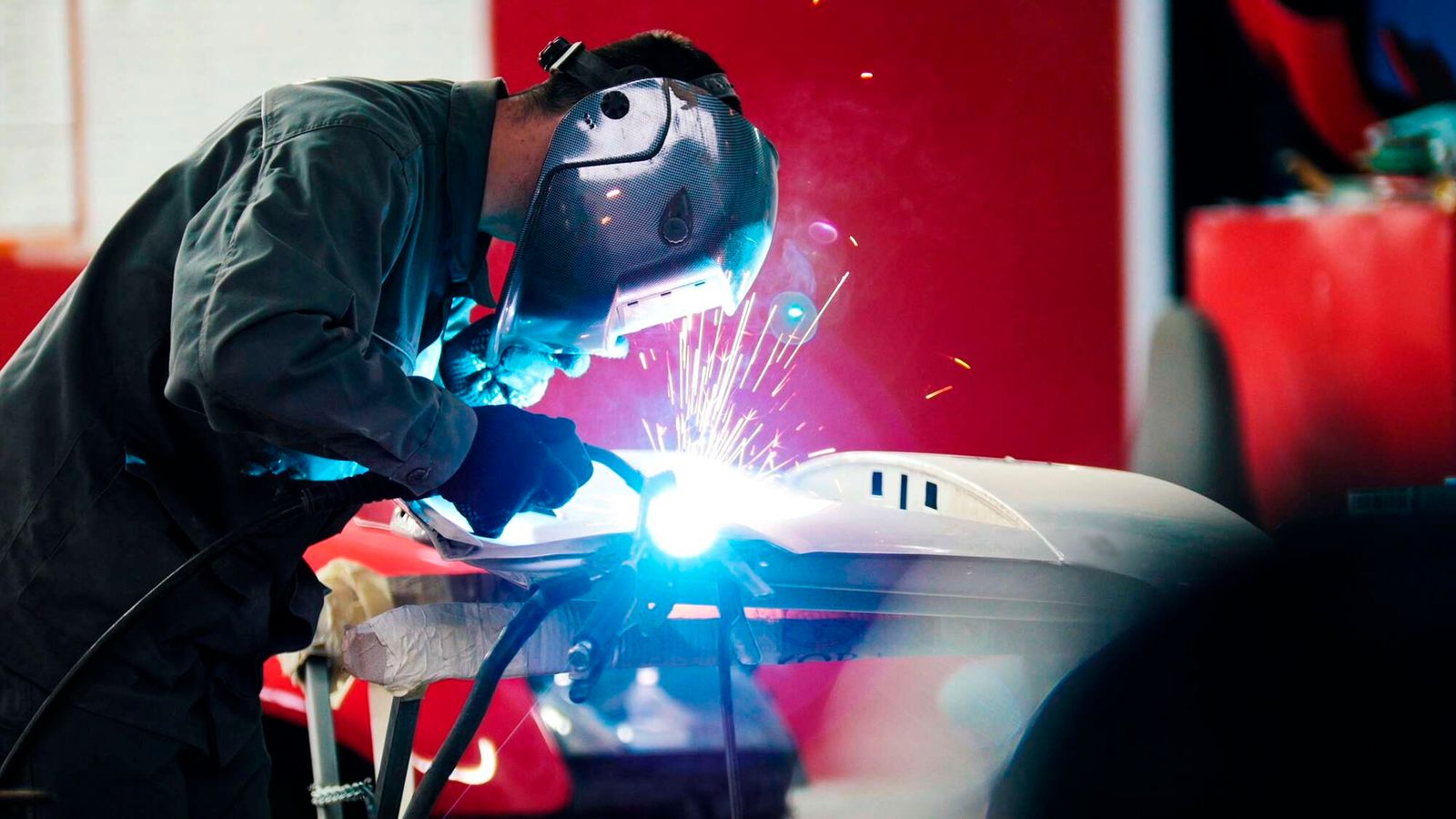
Your recent notes on different types of glue will have resonated with many d.i.y enthusiasts. But what about welding? Is that a way of joining things together that an amateur could have a go at? Amos
Not without some professional training. Welding uses powerful electrical equipment that generates enough heat to melt steel, with sparks that could burn you and a glare bright enough to damage your eyes. Permanently.
And even when you know enough not to seriously hurt yourself or anyone else in the vicinity and have the right safety equipment to ensure that – at least gloves and special goggles (not just sunglasses) – it takes technique and lots practice to weld in a way that does more good than harm to the workpiece and delivers a reliable repair.
In sum, welding is not a process to “have a go at” or to learn purely by “trial and error”.
However, done right it is many times stronger than any glue, can restore original and even reinforced strength to some components, and can be almost indefinitely long-lasting.
While welding is most commonly used to join ferrous (iron-based) materials using electrodes, there are wide-ranging variants that can weld aluminium, copper, silver and gold, some of which use flaming gas instead of electricity to generate the necessary heat by “brazing”.
In the ferrous category, workpieces are usually mild or hardened steel; stainless steel and cast iron present additional challenges. Processes known as “mig” and “mag” welding are a super precise and super strong refinement which delivers a stream of inert gas around the work area, to avoid chemical reaction with or contamination by fresh air.
These are used mainly in manufacturing industries (including the motor industry), rarely by smaller repair workshops.
Welding together pieces of metal of different thicknesses can be especially tricky, the weight of the welding rod and the power setting of the welding machine are not guesswork, and adjoining pieces often have to be specifically shaped to ensure a robust joint (e.g. a V-cut to increase the surface area and strength of contact).
Flitching decisions and specifications (using an additional reinforcing plate or sleeve accoss the break) demand both acumen and experience of both the welding process and the nature of what is being fixed.
Strictly speaking “welding” is not restricted to metals – its literal meaning is the fusion of any material by “melting” workpieces together – as per what plumbers do to join plastic (ppr) pipes and their unions (and what your granny did to join the remnants of a bar of soap to a new tablet or a new candle to a nearly-finished stump).
The material itself is the “glue”, softened for joining and then self-hardening. And that is very much within reach of self-taught amateurs without undue risk.
The heating required and the temperatures involved are very much lower, though still requiring some common sense care.
Some words of caution when welding vehicle parts. The weld itself may be strong, but the heating process can change the nature of the steel piece being fixed.
Parts like steering tie rods should never be repaired by “straightening” (which fatigues the material) or welding. They should be replaced.
And, on the belt-and-braces principle, additional equipment that bears heavy loads – like roll bars, bush bars and tow hitches – welded into place should also be bolted at their mounting points. In many applications (not least in motorsport) that is a legal requirement.
Many jua kali and roadside workshops (making window frames and gates, for example) can be quite proficient welders, but may not be auto mechanics. If an emergency requires you to use them, make sure they know to disconnect the car’s battery while they work.



_-_IMG_1104.jpg?w=1200&resize=1200,0&ssl=1)



